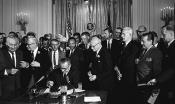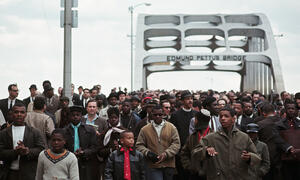article
Land of Freedom: Civil Rights Movement in East Alabama

In this high-school, classroom-level grant, students researched the history of the fight for civil rights in their region and shared their findings with their community.

